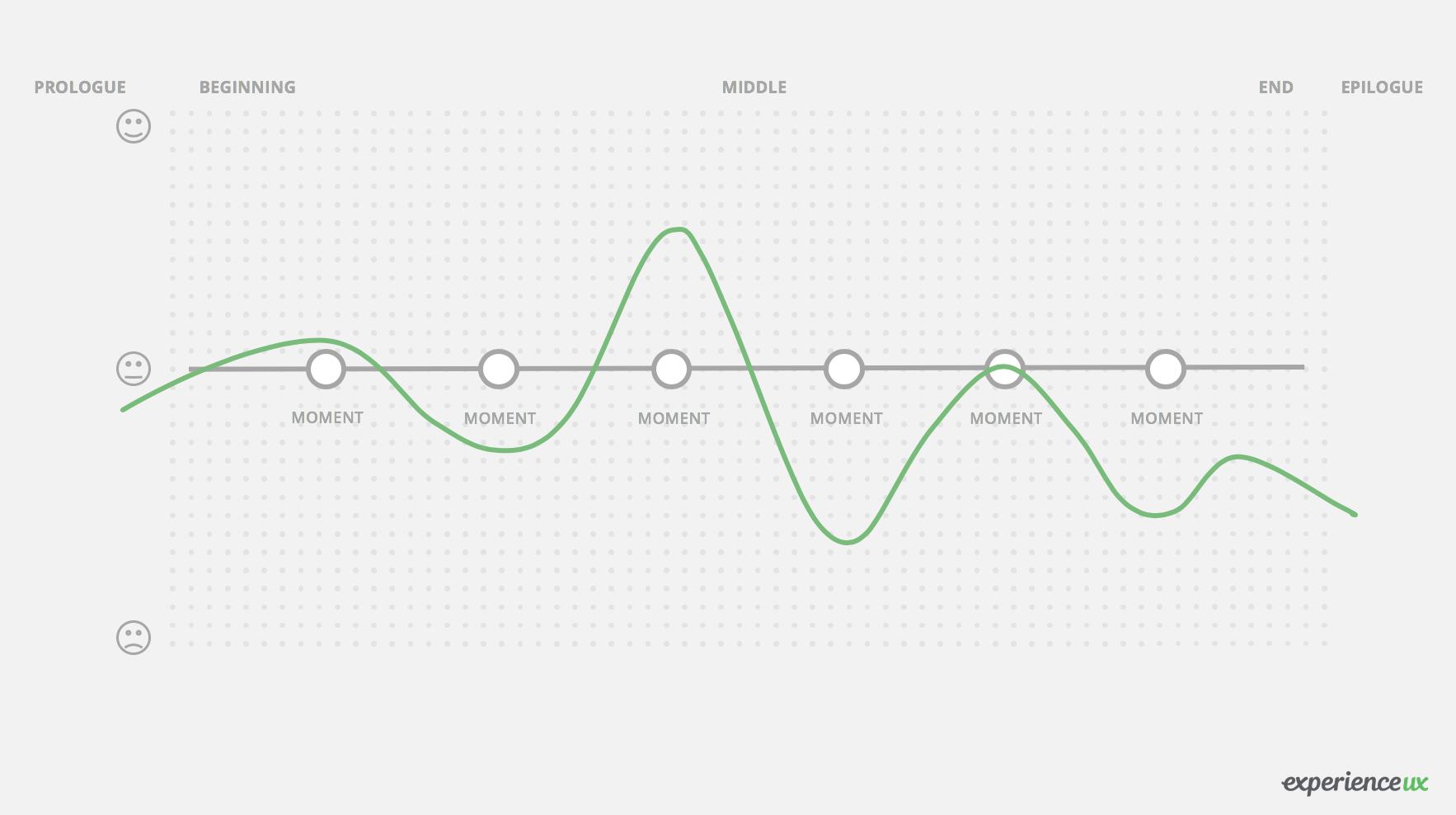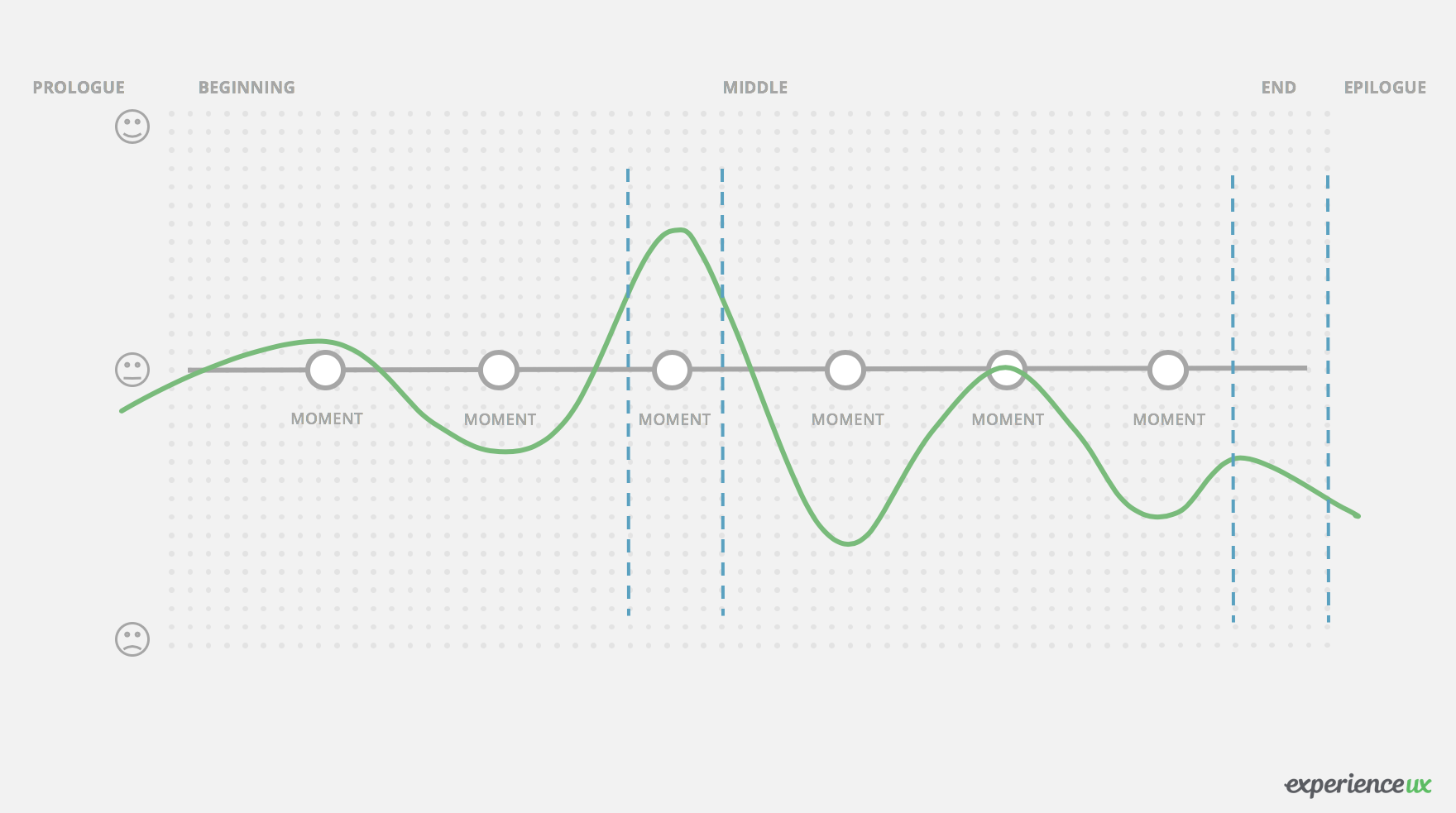Take your family to the Magic Castle hotel in L.A, and you would be right to think this is any old run of the mill hotel. The hotel is painted a garish, acid yellow. The rooms are unremarkable. They’re clean and tidy, but you won’t find a hot tub or luxury bedding, with some guests describing rooms as almost “motel like”. But there must be something else special about the Magic Castle to get them in the top 4 hotels alongside some of the most expensive and exclusive Hollywood hotels. What could possibly be so amazing? Well, it’s all down to the “moments” that the hotel has found a way of crafting into their guests stay. Imagine you are sat beside the pool, and you notice this sign on the wall nearby:
The Popsicle Hotline
Call the Popsicle hotline and not only can you have free popsicles, but you can have them whenever you want, hand delivered by a member of staff on a silver platter. If that isn’t a memorable moment your kids will be talking about for months then I don’t know what is. These special moments of elevation are something Chip and Dan Heath discuss in their insightful book “The Power of Moments”.
A Series of Moments
In their book, the Heath brothers explain that any experience is much like a story with a beginning, middle and end, and is made up of moments. These may be good or bad moments, or “peaks and pits” as they call them. All of these collectively come together to form our memory of that experience, good or bad.
Going back to the Magic Castle, it’s clear to see how they have re-imagined the customers stay as a series of moments. The popsicle hotline is by far the most talked about moment at the hotel, but this is not a fluke. They have looked at the entire customer experience and identified what areas they could elevate to provide a great experience. When the kids come down for breakfast, there is a magician that appears to keep them entertained. Upon arrival you are taken through what looks like a library then shown to your room through a secret door in the bookshelves.
To elevate seemingly mundane tasks such as ordering a snack, finding your room, or eating breakfast, the Magic Castle Hotel has turned them into memorable moments. It’s this ability to turn nothing into something that keeps customers leaving rave reviews and coming back year after year. It would be so easy to take the path of least resistance and leave a little fridge in the pool area that people can help themselves too instead, or leave guests to entertain themselves at breakfast, but as the Heath brothers state, “Beware the soul-sucking force of “reasonableness”. Their theory is that moments like these define our lives, and as creators of experiences we can pro-actively look for opportunities to create them – we don’t have to wait for them to happen by chance.
The Peak End Rule
When we experience something, we tend to remember the prominent points throughout – the highs, lows and transitions between them – and of course the ending. Its these parts of the experience that define our entire view of what happened. For example, if you have a fantastic wedding day and then the flight for your honeymoon gets cancelled, it tends to mar your whole memory of that experience. This is a phenomenon that psychologists refer to as the “peak-end rule”.
The Types of Moment to Design For
At the Magic Castle, they have actively looked for these mundane moments to elevate up into a high for the customer, or as the Heath brothers call them, “Peaks”. They even categorise these peaks into moments of elevation, insight, pride or connection.
Insight moments rewire our understanding of the world. Moments of pride accompany achievement, which is why employee recognition is such a powerful tool. And moments of connection — like weddings, graduations, and retirements — strengthen relationships.
– Theodore Kinney
When you think this way about the products and services you work on the opportunities become clear. What the Heath brothers have done in The Power of Moments is provide a clear lens to divide our offerings into, to assess which parts of the customer experience are languishing in a pit, and which potential peaks can be raised up to provide an exceptional moment.
Filling the Pits
Pits are the opposite of peaks. They are negative defining moments marked by hardship, pain or anxiety. The Heath brothers note that it is tantalising for a business to only focus on fixing some of the minor “pits” that occur during a customer’s experience, the small niggles that arise such as the toilet roll holder being slightly too far away, or not having a kettle and drinks making facilities in the room. In their words, “Don’t fix the potholes”. They warn that this can have the effect of creating an experience “flatline”, where it is an unremarkable experience throughout, with no peaks or memorable moments at all. Instead their advice is to fix the huge pits, and raise up some of the peaks to create real “wow” moments.
Beware the soul-sucking force of “reasonableness
– Dan & Chip Heath
Like I said earlier, it is so easy to deliver average. And yet that is what most of the Magic Castle delivers in its mediocre rooms and décor. Even the reviews show that guests are willing to let the average parts down, because some of the peaks they have created are so memorable:

This sounds crazy, because the person in the above review booked that experience to see a movie and some of the magic shows one evening at the hotel, so in theory the food should make up 50% of that entire experience. And yet still the customer has given a 5 star review. What they have done is taken some of the small “peaks”, such as getting a tasty treat, and raised it up beyond expectations into something memorable that they will look back on and define that entire holiday by.
Transitions
Not many companies think of the transitional moments a customer goes through, such as their first day of employment, paying off their mortgage or their child going for their first day of school. These are transitions that are often under-utilised. No one is giving away a comfort pack of tissues and cups of tea for emotionally wrung out parents on their first day at the school gate, and so few businesses get the employee onboarding experience right. These could be moments of pride and connection that could be immortalised in the customers mind forever, but they are often overlooked.
What can we learn?
Experience Design is the hidden element behind moments of delight.
– Laura Yarrow, UX Consultant, Experience UX
The Power of Moments is a game changing book – and framework – for anyone working in the realm of service, customer and experience design. It tells us that we don’t need to fix every pit in the customer journey, often all we need to do to create a memorable experience is to pay attention to the small things, and then excel at them. No one wants a mediocre experience, where each moment to the next is a homogenous blur. What customers want are defining memories they never forget – for the right reasons.



